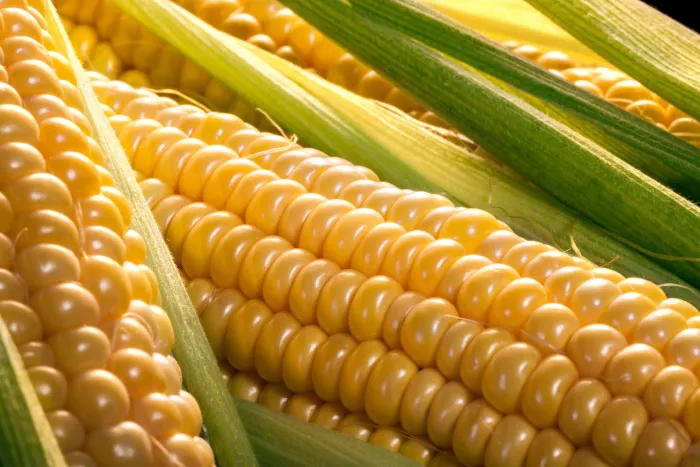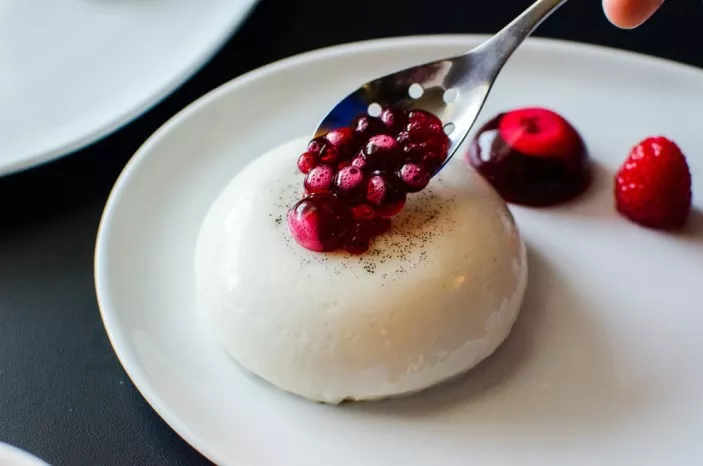Corn, often referred to as “maize,” is a staple crop that has been cultivated for thousands of years and has played a significant role in global agriculture and cuisine. Whether it’s enjoyed on the cob, as a side dish, or processed into various food products, corn is not only delicious but also packs a nutritional punch. In this article, we will explore the many health benefits of corn, from its essential nutrients to its potential role in promoting overall well-being. Join us on this journey to discover why corn is indeed a nutritional goldmine.
The Nutrient-Rich Corn Kernel
At the heart of the corn plant lies its most valuable treasure – the corn kernel. These golden nuggets are not just tasty; they’re also loaded with essential nutrients that can contribute to your overall health and well-being.
1. A Cornucopia of Nutrients
One of the most compelling reasons to include corn in your diet is its impressive nutrient profile. Corn is a rich source of carbohydrates, providing the body with a readily available source of energy. It’s also a good source of fiber, which aids in digestion and promotes a feeling of fullness.
Additionally, corn is a valuable source of essential vitamins and minerals, such as B vitamins (including folate, thiamin, and niacin), which are crucial for energy metabolism and brain function. Furthermore, corn contains minerals like magnesium and phosphorus, which are vital for bone health and overall bodily function.
2. Heart-Healthy Benefits
Corn contains several heart-healthy components. One of these is soluble fiber, which helps lower cholesterol levels, reducing the risk of heart disease. A study published in the American Journal of Clinical Nutrition found that dietary fiber, particularly from whole grains like corn, is associated with a lower risk of coronary heart disease.
Moreover, the antioxidants present in corn, such as lutein and zeaxanthin, are beneficial for eye health and may help reduce the risk of age-related macular degeneration, a leading cause of vision loss.
3. A Boost for Digestion
The fiber content in corn is not only beneficial for heart health but also supports digestive health. Dietary fiber adds bulk to stool, promoting regular bowel movements and preventing constipation. This can help maintain a healthy gastrointestinal system.
Furthermore, corn contains resistant starch, a type of carbohydrate that resists digestion in the small intestine. This starch acts as a prebiotic, feeding the beneficial bacteria in the colon and promoting a healthy gut microbiome. A balanced gut microbiome is associated with improved digestion and overall well-being.
Corn and Weight Management
If you’re looking to manage your weight effectively, corn can be a valuable addition to your diet. Its fiber content not only aids in digestion but also promotes a feeling of fullness, reducing the likelihood of overeating.
Furthermore, corn is relatively low in calories, making it a healthy choice for those looking to shed a few pounds or maintain a healthy weight. However, it’s essential to prepare corn in a way that doesn’t add excessive calories, such as boiling or grilling instead of deep frying.
4. Blood Sugar Regulation
Managing blood sugar levels is crucial for individuals with diabetes or those at risk of developing the condition. Corn can play a role in regulating blood sugar thanks to its complex carbohydrates, which are absorbed more slowly, leading to a gradual increase in blood glucose levels rather than a rapid spike. This steady release of energy can help prevent sudden blood sugar fluctuations and crashes, making corn a suitable choice for diabetics when consumed in moderation.
A Gluten-Free Alternative
For those with celiac disease or non-celiac gluten sensitivity, finding gluten-free food options is a constant concern. Fortunately, corn is naturally gluten-free, making it a safe and versatile grain for individuals who need to avoid gluten. This characteristic allows people with gluten-related disorders to enjoy a wide variety of corn-based products, from corn tortillas to corn-based pasta, without worrying about digestive discomfort.
The Diverse Ways to Enjoy Corn
Corn can be a delicious addition to your diet in various forms, offering both versatility and taste. Here are some of the ways you can incorporate corn into your meals:
1. Fresh Corn on the Cob
One of the simplest and most iconic ways to enjoy corn is by eating it fresh on the cob. Boiled, steamed, or grilled, corn on the cob is a delightful treat that can be seasoned with butter, salt, and a variety of spices to suit your taste.
2. Corn Kernels
Corn kernels can be removed from the cob and used in an array of dishes, such as salads, salsas, and stir-fries. They add a sweet, crisp texture and a burst of flavor to your meals.
3. Popcorn
Air-popped popcorn is a healthy and satisfying snack that’s perfect for movie nights. It’s high in fiber and can be seasoned with your choice of herbs, spices, or nutritional yeast for added flavor.
4. Corn Tortillas
Corn tortillas are a staple in many Latin American and Mexican cuisines. They’re used to make tacos, quesadillas, and enchiladas, offering a gluten-free alternative to wheat tortillas.
5. Cornmeal
Cornmeal is a versatile ingredient that can be used to make cornbread, muffins, and various baked goods. It adds a rich, earthy flavor and a pleasing texture to recipes.
6. Canned and Frozen Corn
When fresh corn is out of season, canned and frozen corn are convenient alternatives. They are a handy addition to soups, stews, and casseroles, ensuring that you can enjoy corn’s nutritional benefits year-round.
7. Corn-Based Snacks
Many snacks, such as corn chips and puffed corn snacks, are made from cornmeal or corn-based ingredients. While it’s important to consume these in moderation due to their processing and potential added fats and salt, they can be an enjoyable way to satisfy your cravings.
The Importance of Preparation
The method of preparation significantly affects the nutritional value of corn-based dishes. To preserve the health benefits of corn, consider the following tips:
1. Steaming and Boiling
Steaming or boiling corn kernels on the cob is a healthy cooking method that retains most of the nutrients. Avoid overcooking, as this can cause a loss of nutrients and flavor.
2. Grilling
Grilling corn on the cob enhances its natural sweetness and imparts a smoky flavor. Be mindful of using too much butter or oil, as this can add unnecessary calories.
3. Avoid Excessive Butter and Salt
While a touch of butter and salt can enhance the flavor of corn, it’s important not to overdo it. Excessive use of these ingredients can add unhealthy fats and sodium to your diet.
4. Homemade Popcorn
For a healthy popcorn snack, make your own at home using air-popping methods and season with herbs and spices rather than butter and salt.
5. Be Mindful of Processed Corn Products
When consuming processed corn products like corn chips or corn dogs, read labels carefully to identify added sugars, unhealthy fats, and excessive sodium. Opt for products with minimal additives and preservatives.
Corn in Global Cuisines
Corn plays a vital role in cuisines worldwide, offering a diverse range of flavors and textures. Let’s explore how different cultures incorporate corn into their traditional dishes.
1. Mexican Cuisine
Corn is at the heart of Mexican cuisine. Corn tortillas, tamales, and elote (grilled corn on the cob) are just a few examples of classic Mexican dishes that feature corn as a central ingredient. The versatility of corn masa (corn dough) allows for a wide array of flavors and textures in Mexican cooking.
2. Native American Cuisine
Indigenous peoples in North America have a long history of cultivating and consuming corn. Traditional dishes like succotash, a mixture of corn and beans, and cornbread have been enjoyed for centuries.
3. South American Cuisine
In South America, corn is used to make arepas, a type of flatbread, and humitas, which are similar to tamales. Corn is also a key ingredient in chicha, a fermented corn beverage.
4. Asian Cuisine
Corn is increasingly finding its way into Asian cuisines. In China, sweet corn soup is a popular dish, and in Japan, corn is often used in salads and tempura. It’s not uncommon to find corn in fried rice and noodle dishes as well.
5. African Cuisine
Cornmeal porridge, known as sadza or pap, is a staple in many African countries. This dish is a source of sustenance and comfort for millions and is often served with various stews and sauces.
6. Mediterranean Cuisine
In the Mediterranean, corn is used in salads, soups, and even in flatbreads and polenta. Its sweet flavor can complement the region’s rich and diverse culinary traditions.
Conclusion
Corn, the golden grain, offers an impressive array of nutritional benefits and versatility in the kitchen. With its rich supply of essential vitamins, minerals, and fiber, corn supports heart health, digestion, and weight management. Additionally, its gluten-free nature makes it a great option for those with dietary restrictions.























